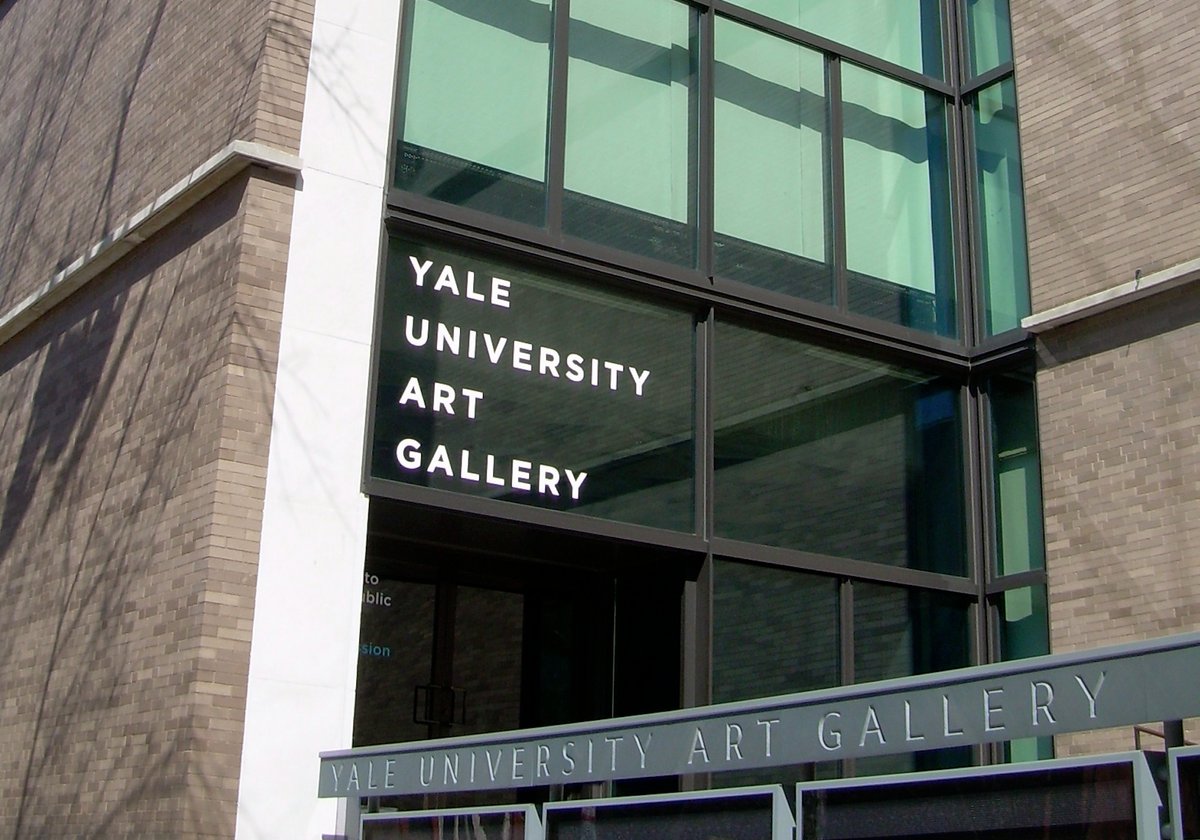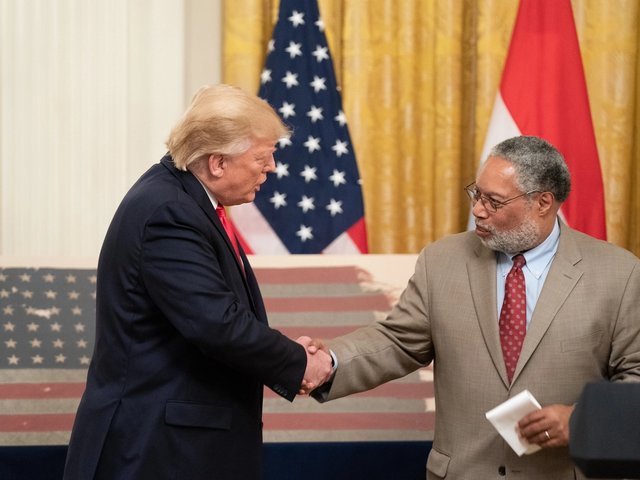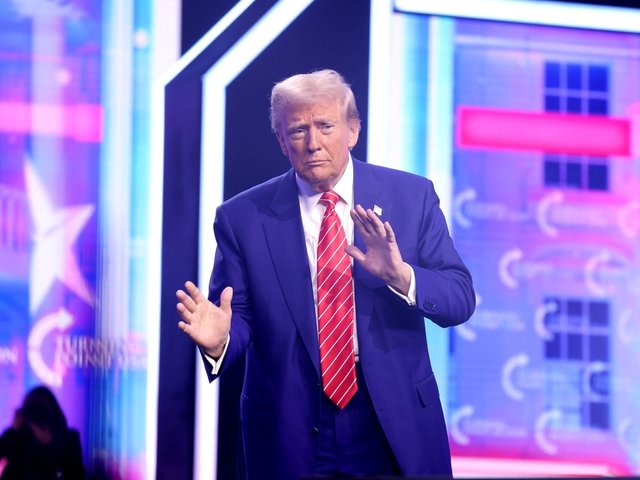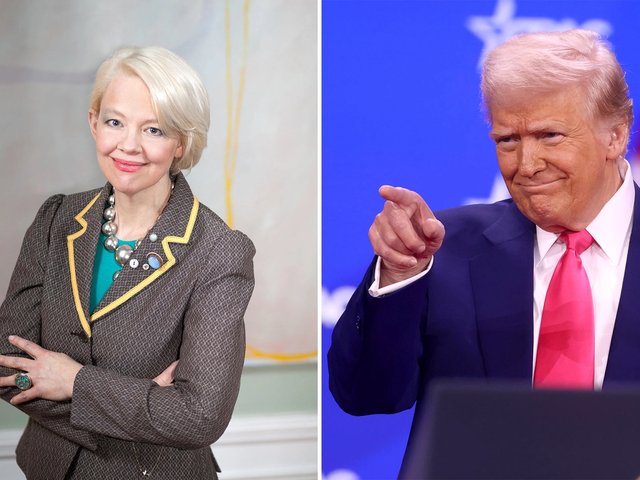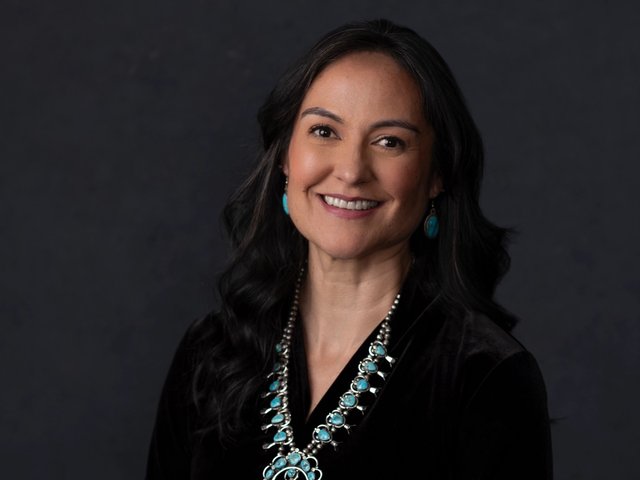The Yale University Art Gallery in New Haven, Connecticut, revealed earlier this month that it has withdrawn two federal grant applications. The grants, which had been submitted to support an upcoming exhibition on African art, were withdrawn due to new anti-DEI (Diversity, Equity, and Inclusion) restrictions introduced by the administration of US President Donald Trump, according to Connecticut Insider.
The exhibition, set to open in 2026, will explore the migration of Nguni peoples from southeastern Africa and is projected to cost around $200,000. Roland Coffey, the director of communications for the gallery, confirmed to Connecticut Insider that the gallery withdrew its applications to the National Endowment for the Arts (NEA) and the National Endowment for the Humanities (NEH) after objecting to new stipulations regarding DEI programming. According to Hyperallergic, the gallery had requested $100,000 from each agency.
This marks the second round of NEA funding the gallery has opted not to pursue. As in the previous instance, the gallery will instead draw on Yale’s $46bn endowment to cover the costs for which it had initially sought federal funds. The NEA also rescinded a $30,000 grant for an exhibition at the gallery, Nusantara: Six Centuries of Indonesian Textile, but that show will still open as scheduled on 12 September, with support from the Robert Lehman Endowment Fund.
Since returning to office in January, President Trump has made sweeping changes to arts and higher education funding. His administration has redirected money previously allocated to national and local arts grants toward federal initiatives and programmes aligned with his platform. This shift has placed additional strain on museums, non-profits and universities, many of which rely on public support to produce exhibitions and educational programming. As of May, more than 560 federal arts grants have been cancelled, amounting to more than $27m in withdrawn support, according to PBS.
In April, the NEH announced it would prioritise funding for projects that “do not promote extreme ideologies based on race or gender”. The language has left institutions grappling with how to interpret compliance while still upholding core academic and curatorial values.
For institutions like the Yale University Art Gallery, the decision to forego federal funding rather than comply with ideological constraints speaks to a broader choice between acquiescence or resistance within the academic and cultural sectors. While Yale University’s large endowment allows its gallery a degree of insulation, the precedent set by these withdrawals has ripple effects across smaller institutions with less financial flexibility.
The conflict between the federal government and the arts sector has intensified in recent months. Within ten days of Trump returning to office, both the Smithsonian and the National Gallery of Art had shut down their diversity offices in response to an executive order calling DEI initiatives "illegal and immoral". In March, Trump issued an executive order attacking the Smithsonian Institution and accusing it of promoting “divisive, race-centered ideology” and programmes that “degrade shared American values”. In May, Trump attempted to fire Kim Sajet, the director of the Smithsonian’s National Portrait Gallery (NPG); two weeks later, Sajet resigned. And just last week, the artist Amy Sherald called off the NPG’s presentation of her touring survey exhibition American Sublime, claiming museum representatives wanted to exclude her painting of a trans figure posed as the Statue of Liberty.
Preemptive self-censorship, undertaken to avoid controversy or financial consequences, has become an unfortunate reality. In February, staff at the National Cryptologic Museum covered portions of a display highlighting the contributions of women and people of colour, then claimed it had been a mistake after a public backlash. The same month, in response to a Trump executive order directing the State Department to review funding for international organisations, the Art Museum of the Americas cancelled exhibitions featuring works by Black and LGBTQ+ artists. Yale’s decision to proceed without federal support allows one exhibition to move forward, but also underscores the growing instability of museum programming at US institutions that rely on government funding.
Founded in 1832, the Yale University Art Gallery is the oldest university art museum in the US. It began with a formative collection of works from the artist John Trumbull, who sold the university 28 of his historical paintings and 60 portrait miniatures. Since then, the gallery has grown into one of the country’s most influential academic museums. But like many of its peers in both the museum and university fields, it now faces mounting political scrutiny and economic pressure as culture wars continue to reshape the national arts landscape.
The gallery holds an extensive African art collection of nearly 2,000 objects. In 2021, the gallery’s display of African art was relocated to a more prominent space on the building’s ground floor. In 2022, the gallery received NEA funding to present Bámigbóyè: A Master Sculptor of the Yorùbá Tradition, an acclaimed exhibition of African art.


